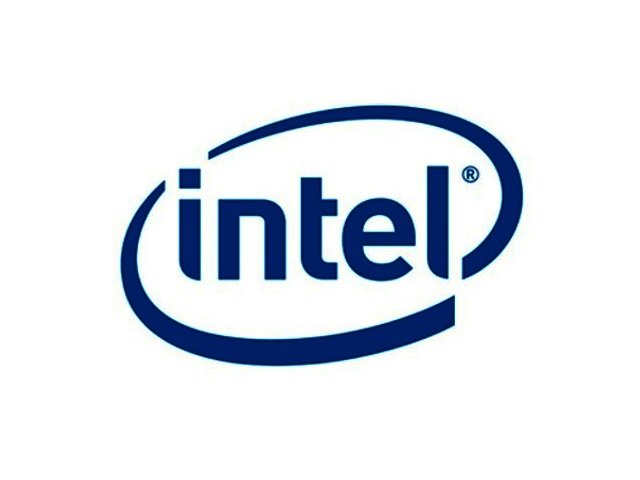PREVIOUS ARTICLENEXT ARTICLE
NEWS

Intel talks about technology trends
By Staff Writer 6 December 2011 | Categories: news
Genevieve Bell, Intel fellow and director of Interaction and Experience Research, shares some of her insights into how technology is playing out in our lives today. And it’s not what you might expect. Bell weaves these patterns together to provide us with some trend forecasting for the coming years.
Digital DIY: the emergence of virtual creativity
Over the last few years, new technology has encouraged people to passively consume content. More people are downloading content than those who are creating it. For every YouTube video uploaded, 99 videos are watched. On Twitter far fewer people are tweeting compared to those who are simply following conversations.
However, there is a pent-up desire and aspiration towards an active type of involvement, towards making things and getting creative. As a result, people are getting into digital DIY, from knitting covers for their e-readers to joining online groups to find like-minded creative individuals. As people become increasingly digitally confident, we’ll see a rise in creative activities such as people personalising software or even learning to unlock mobile phones.
Intel South Africa’s head of marketing, Ntombezinhle Modiselle, agrees that in South Africa the trend toward digital confidence is becoming more visible. “Of the 1.1 million South Africans registered on Twitter, just over 400 000 users are actively tweeting from the nation’s large cities such as Johannesburg, Cape Town and Pretoria.”
Small data – resisting the notion of big data
In the business world, there’s a lot of talk about ‘big data’. However, what people are really interested in is the ‘small data’ in their lives. They care about relationships; what’s on their Facebook wall; on their Twitter feed and so on. In the hands of companies, this information is part of big data but in the hands of human beings it’s small data.
We’re beginning to see people resisting the notion of big data because they don’t want to be part of data analytics. Jeff Hancock at Cornel University says that most Americans lie on their online dating profile. This is mostly due to a desire to present a better image to the outside world but there is also a reaction against their data being used for commercial gain. Anti-big data behaviour is likely to become a recognisable trend in the next few years.
The emergence of women as early adopters of technology
Women are emerging as dominant users of technology. For example, European women spend more time on social networks than men, send more text messages and use more location-based services on phones. Falling prices and new devices that help women perform multiple roles - parent, worker, care-giver, social organiser, cleaner, cook and so on - are driving this trend. If technology continues to become more user-friendly, women will become even bigger users.
Modiselle says this is equally true of the South African woman. “If the device is easy to use, women will be the first to try it out and recommend it to their friends, husbands, fathers and sons.”
A rebalancing of our relationship with technology
There are currently two models for people’s relationships with technology. The first is characterised by technology that is ‘needy’. Devices need us to provide permissions, passwords and so on. It’s okay if it’s your phone, but not if it’s your phone, plus your car, your e-reader, your laptop and so on.
The other template has been informed by over a hundred years of science fiction - intelligent machines that go crazy and want to kill us. But we’re seeing a rebalancing of our relationship with technology and are moving to a third model.
Computers are beginning to anticipate our requirements. Siri, the speech-recognition ‘personal assistant’ built into the latest Apple iPhone 4S is a case in point. It’s responsive and is starting to be predictive. The instant-on and power-management features in Ultrabook devices and ad-hoc wireless switching are further examples.
This trend is all about devices getting smarter, more self-confident and better able to look after us. With the continued advances in technology, devices are finally growing up. Soon we won’t have to think about them quite so much because they’ll be ‘thinking’ for themselves, a prospect Modiselle is very excited about. “Just think of how much our world here at the southern tip of Africa has already opened up. From the airport to the workplace to driving the kids to the soccer field and then cooking dinner at home, South Africans are as switched on as never before.”
In related news, Intel recently celebrated the 40th anniversary of the world’s first commercially available microprocessor, the Intel 4004.

Genevieve Bell, Intel fellow and director of Interaction and Experience Research.
USER COMMENTS
Most Read Articles
Read

Magazine Online
TechSmart.co.za is South Africa's leading magazine for tech product reviews, tech news, videos, tech specs and gadgets.
Start reading now >
Download latest issue
Have Your Say
What new tech or developments are you most anticipating this year?
New smartphone announcements (44 votes)
Technological breakthroughs (29 votes)
Launch of new consoles, or notebooks (14 votes)
Innovative Artificial Intelligence solutions (29 votes)
Biotechnology or medical advancements (24 votes)
Better business applications (160 votes)



